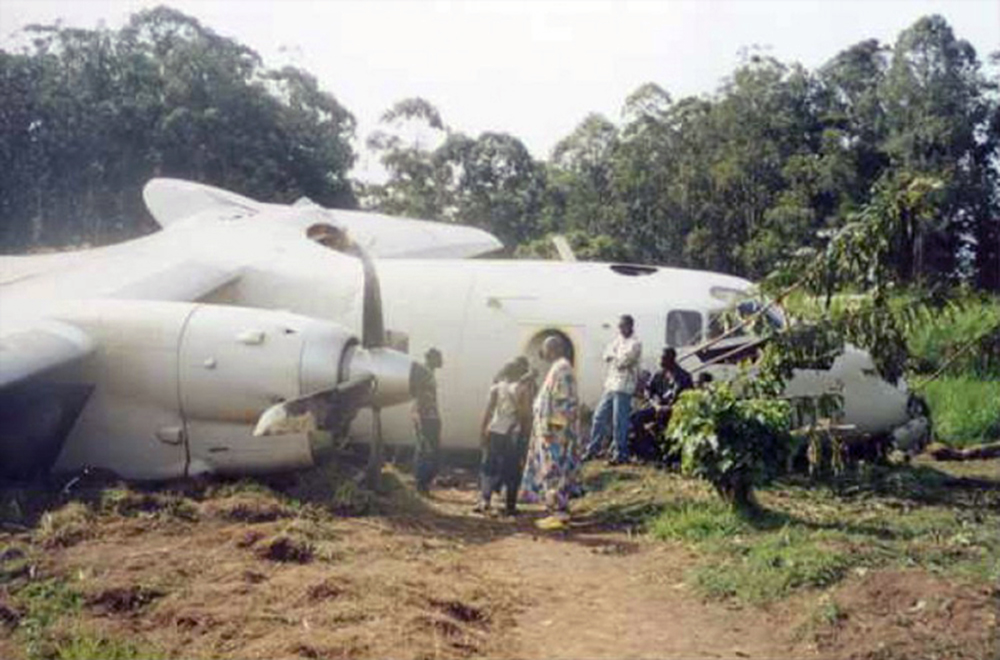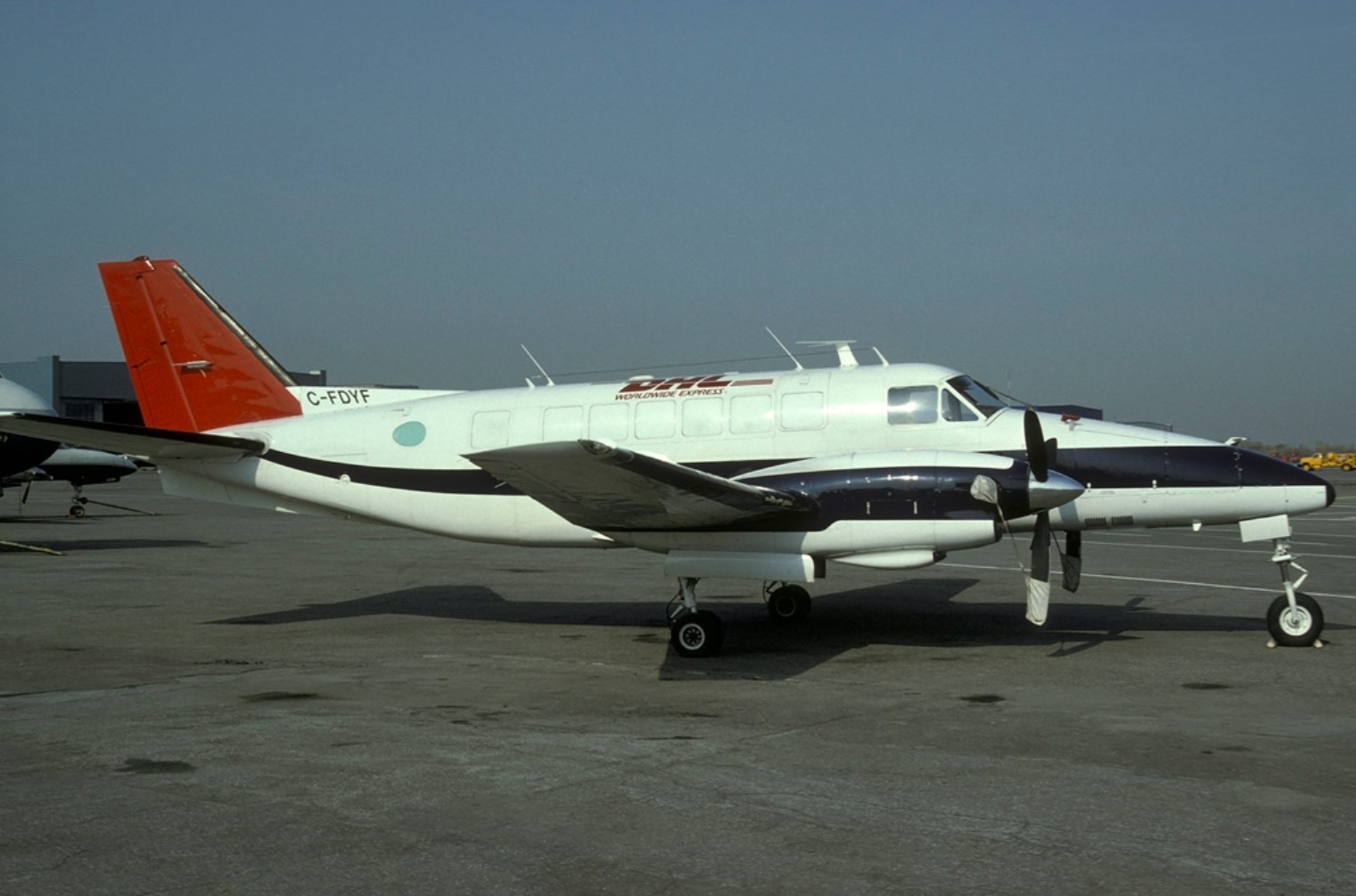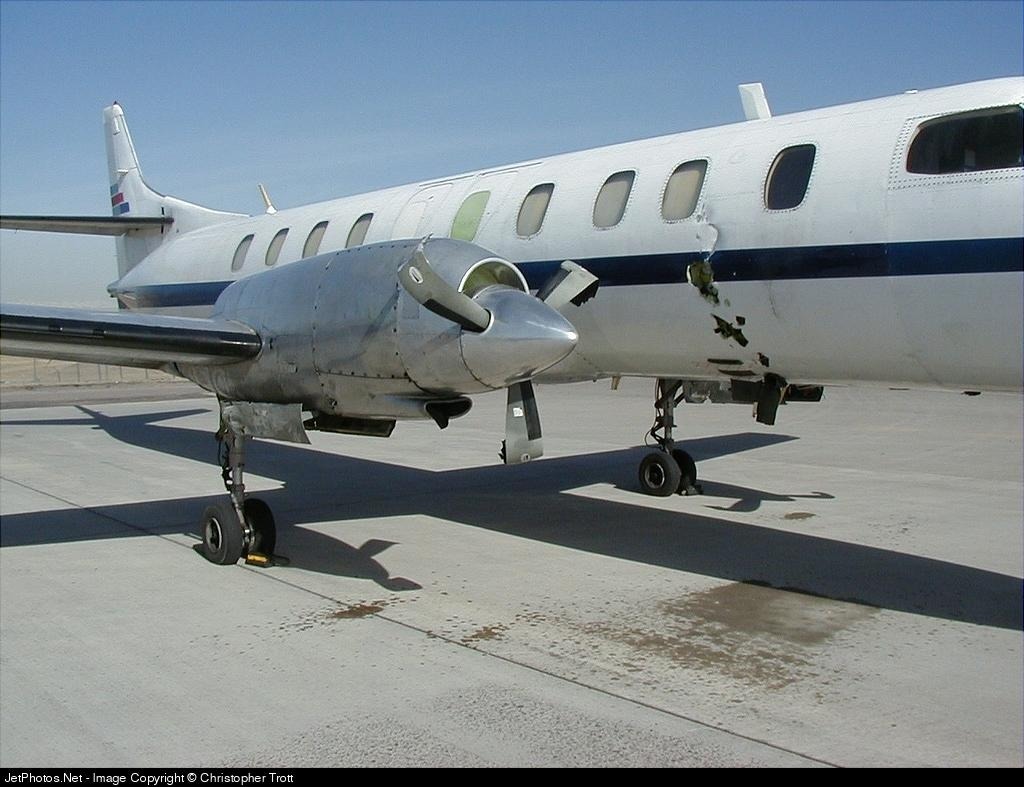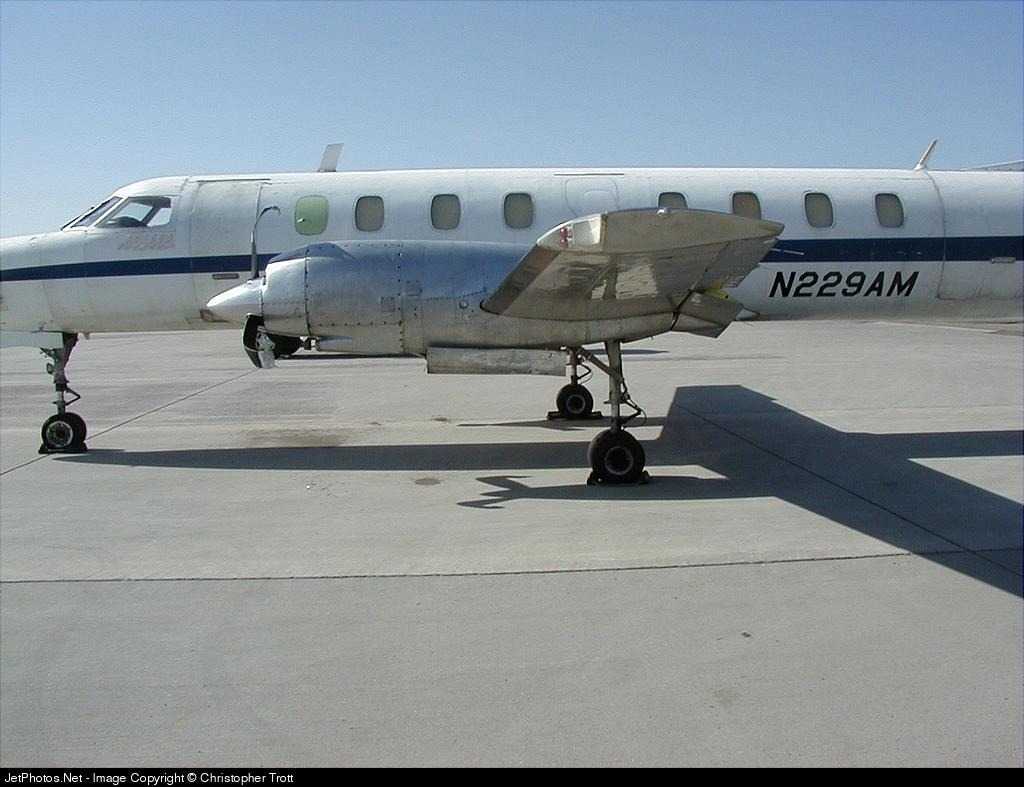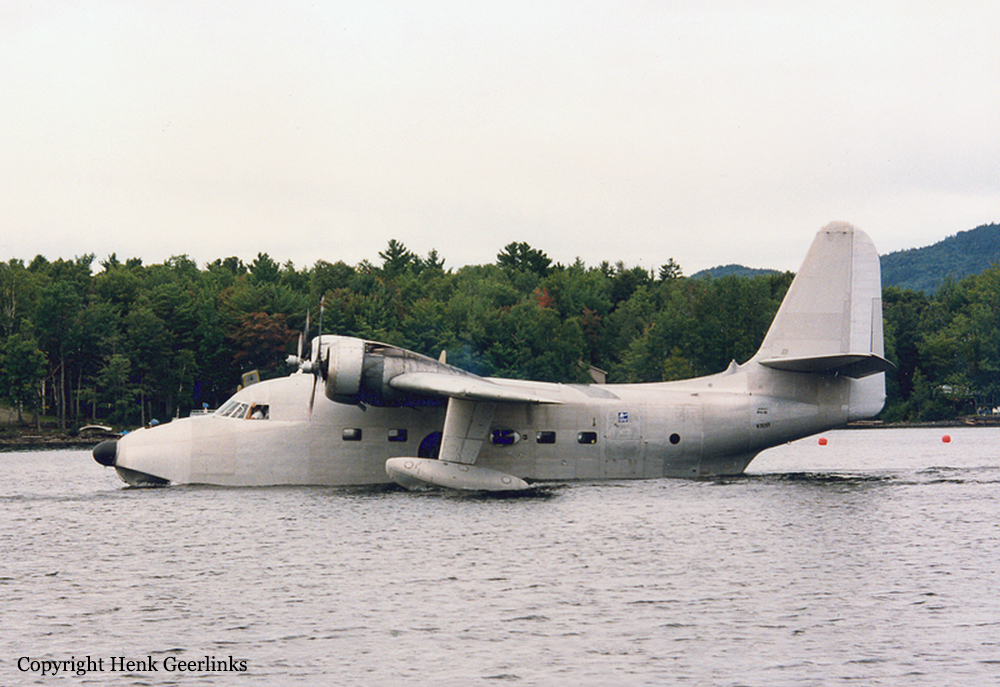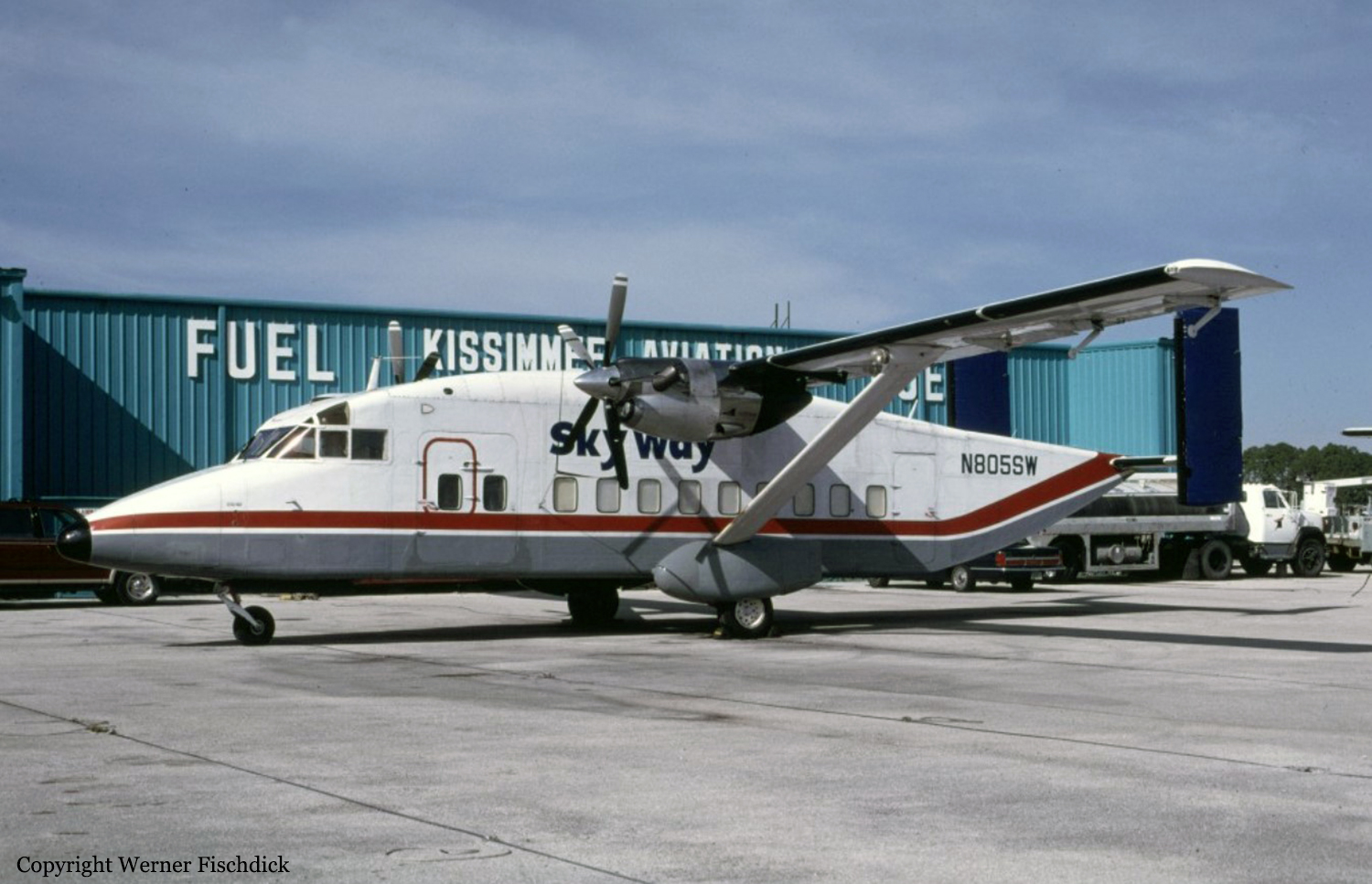Crash of a Yakovlev Yak-40 in Dnipropetrovsk
Date & Time:
Apr 28, 2003
Registration:
UR-87918
Survivors:
Yes
MSN:
9 73 08 55
YOM:
1977
Crew on board:
4
Crew fatalities:
Pax on board:
13
Pax fatalities:
Other fatalities:
Total fatalities:
0
Circumstances:
On flare, the aircraft was unstable and rolled from right to left. When landing firmly on runway 09/27, the aircraft was not properly aligned and ran off runway to the right at a speed of 115 km/h. It eventually collided with a dike located 100 metres further. All 17 occupants escaped uninjured while the aircraft was damaged beyond repair.






